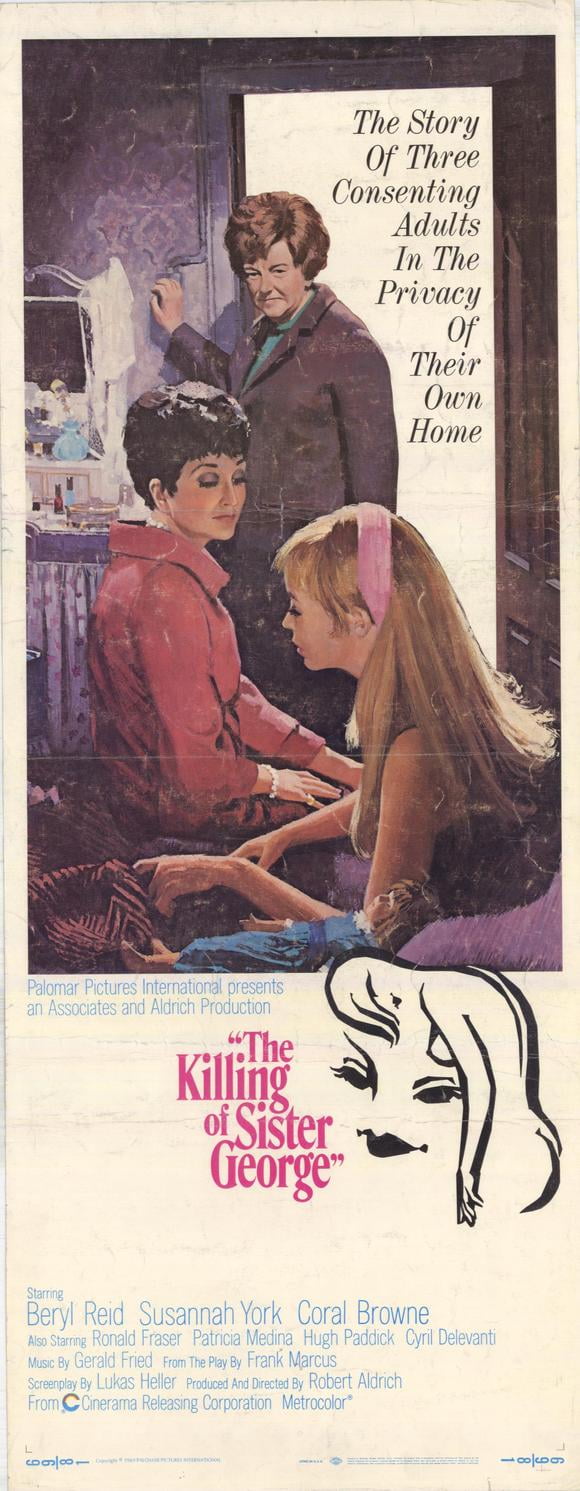
The killing room movie poster full#
Compare the '90s-era Batman and Bond movies - full of camp and comedy - to their gritty modern counterparts and you'll see a distinct difference in style. Some film theorists speculate that 9/11 and the economic downturn have led the public to crave grittier stories, since a sugarcoated world no longer feels real to them. The popularity of action, thrillers, and sci-fi of the past decade may have led to a darker and more "masculine" palette.

One explanation for the posters' shifting hues is that they reflect differences in the genres making waves at the box office. Blue is the hue, and the proof is in the poster: Using color data from 35,000 movie posters created from 1914 until now, his final image below shows that's he's right.Ĭurtois offers more evidence that Hollywood has gone dark. We feel like we've seen the star couple leaning back to back before - because we have:Īre our movie posters getting darker? In 2012, software engineer Vijay Pandurangan proposed a theory posters have become both more dark and more blue over time. Like a blank canvas, it leads our eye to the actors. Hollywood sends us another signal when it wants us to think "comedy." In this compilation, French film scholar Christophe Curtois highlights the trend of a white background, which sets a light, friendly, and understated scene. They sit on opposite sides of the color wheel, evoking the two poles of hot and cold and explosive action.


See what we mean? There's no getting away from it.īlue and orange are a powerful combination because unlike other color pairings - red and green, pink and blue - they don't conjure cultural associations that are already set in stone.


 0 kommentar(er)
0 kommentar(er)
